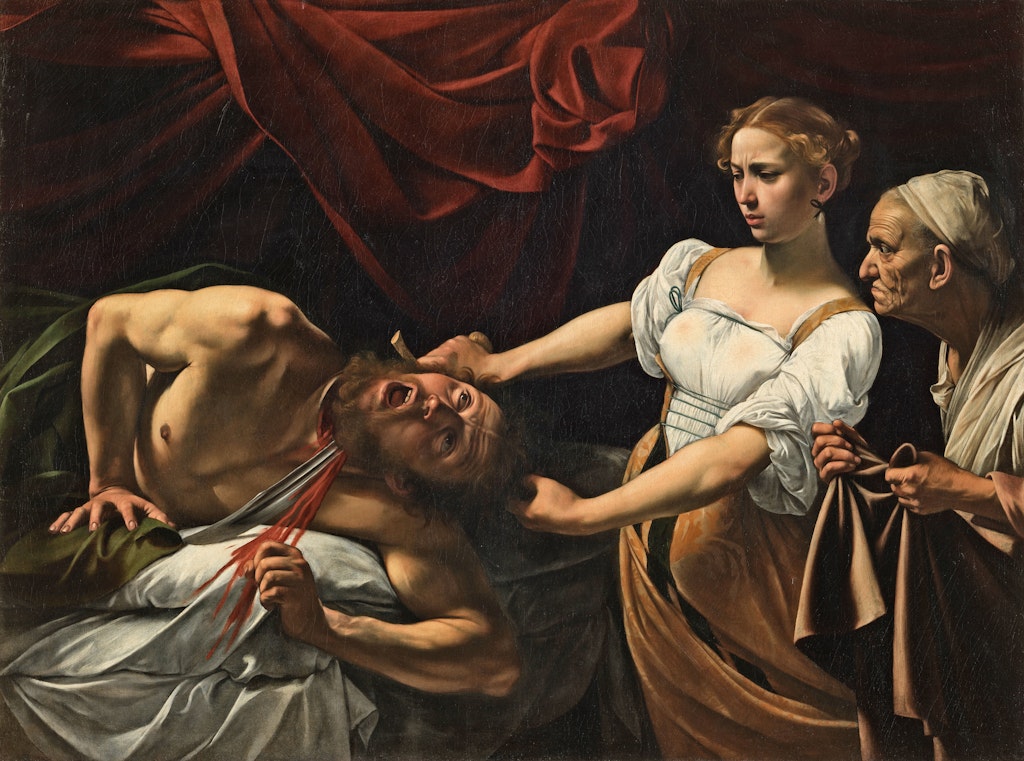Saving Face
Like a home-made mask, our tolerance is wearing thin
Masks conceal identity – that’s why they have always been popular with ‘baddies’ in movies and real life. Indeed, some of the black masks being worn do look provocatively sinister. But in a strange reversal, in these strangest of times, ordinary people – people standing at the bus stop in country towns – are now wearing them to protect themselves from a hidden baddie – the coronavirus.
Masks are worn by criminals because they hide individual identity. But for ordinary people they have a dehumanising effect and puts us in a state of humiliation, like dogs not trusted off our leads. Aside from serious concerns about the negative impacts on health of wearing them for long periods, they are a symbol of submission and servitude and they hinder communication.
On announcing that face masks would be compulsory on busses and trains, Transport Secretary Grant Shapps told us: ‘a face covering helps protect our fellow passengers. It’s something we can each do to help each other’.
We all know the idea of mask-wearing is unnatural, which is why politicians refer to them as ‘face coverings’ – a kind of Victorian euphemism, and why they urge us to comply with an appeal to civic duty.
Paradoxically, as the virus death rate falls, the Government wants to be seen stepping up its coronavirus measures. As well as mandatory masks on public transport, social distancing signs have appeared in our streets.
A man in his nineties was turned away from the GP because he didn’t bring his own mask
It’s not surprising that growing numbers don’t believe it is really about infection control at all. Communication is being hindered under the smokescreen of the coronavirus outbreak in so many ways – social distancing, limits on the number of people who are supposed to gather in public, the continued closure of places where people congregate to share gossip and ideas – cafes, pubs and even places of worship.
The scientific grounds for wearing masks are shaky at best. Masks can harbour germs and if used only once create costly waste. Most disturbingly, perhaps, they mean you are breathing in your own exhaled air, rich in carbon dioxide, starving the body of oxygen. What they also seem to ignore is that the healthy, at least, have an immune system that tackles infection. Many people, even the elderly, it’s becoming clear, can have Covid-19 and not show any symptoms at all.
Indeed, there is a substantial body of scientific opinion that reflects that masks don’t even protect against viruses. The mesh of the top-grade surgical masks is multiple times larger than the virus – like throwing a golf ball at football posts.
A surgeon wears a mask principally to protect the patient with an open wound from potential infection from his own spit and breath. Nurses wear them when they are treating people in the infectious stages of disease. In any case, our earnest Transport Secretary was clear he preferred us to wear home-made masks and leave the proper ones for the experts. Where is the science in that?
Hospital workers, whether patient facing or not, must now wear masks. GP consultations are done on the phone. If you are lucky enough to see a doctor near me, you end up getting a consultation in the car park and he or she will be wearing a mask and surgical apron and you will be asked to put on a mask as well.
I know of a case of a man in his nineties, with a serious condition, being turned away from another surgery because he didn’t bring his own mask.
This is mission creep of the worst kind. The official guidelines do not say that patients must wear masks. How much protection do doctors need? How much protection do shoppers need? How much protection do bus passengers need?
The transport companies are keen to share the multiple ways in which they have stepped up their disinfecting regimes. Trains and buses have never been this clean.
Local buses, I was told, are pumped full of an electrostatic vapour which coats surfaces with an anti-viral barrier. Bus drivers, mainly already behind perspex screens, have had the speaking holes blocked up. They have been told not to get into conflict with non-mask wearing customers beyond gentle reminders. Besides there are various – suddenly discovered exemptions – including those who have breathing difficulties, children, and others with mental health and disability issues. How can you lip read if everyone is wearing a mask?
We not only speak but we make facial expressions with our mouths, we smile, we express irony. It’s a cultural thing. Someone pointed out that we have more emojis on our mobile phones with expressions involving the mouth than those in the Far East which rely more on calibrated signally with the eyes.
Whether mask wearing will stick depends largely on the vigour of the policing and people’s tolerance. Street protests have demonstrated that social distancing is more a matter of etiquette than enforcement. Like a home-made face mask that has been washed too many times, one senses people’s tolerance is wearing thin.
Throughout the crisis, ghost trains and empty buses continued to run. In truth, after the saturation media fear of the last few months, people are actually scared to go on public transport. Seeing others wearing masks, it was suggested to me, makes passengers feel they can catch a ride without catching the virus.
Perhaps the wearing of masks on public transport is more of a public relations exercise than a public health one; for the Government, as the disease fades, more face-saving, than face-covering.
Enjoying The Critic online? It's even better in print
Try five issues of Britain’s most civilised magazine for £10
Subscribe














